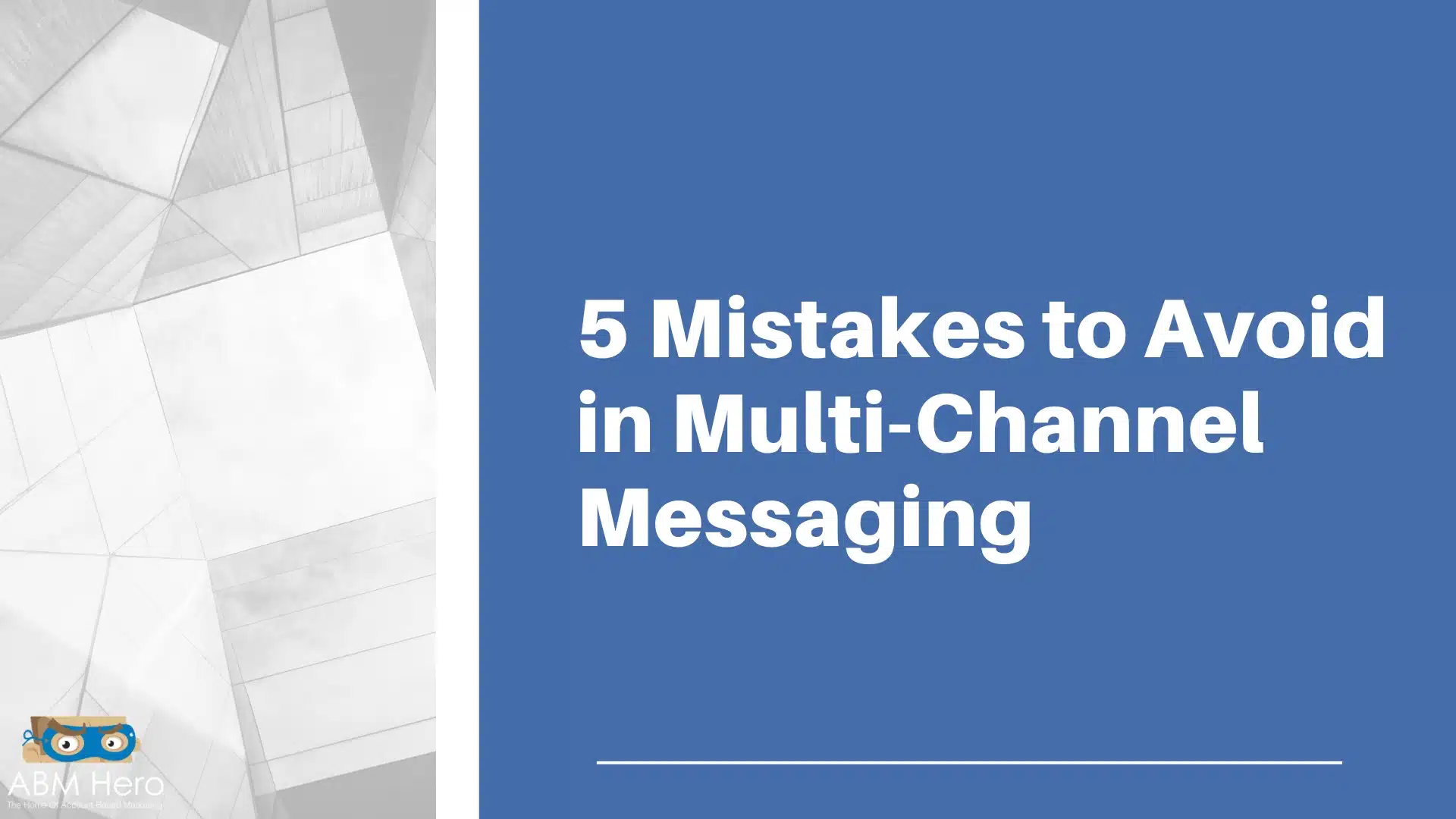In a world where buyers are more informed and have more options than ever, it’s more important for businesses to adopt a multi-channel messaging strategy.
By definition, multi-channel marketing uses a combination of channels to reach and engage customers.
The most common channels used in multi-channel marketing include email, social media, paid to advertise, and organic search.
While the benefits of multi-channel marketing are clear, the challenge lies in execution.
Creating a cohesive strategy that integrates all these channels can be complicated, but the rewards are worth it.
In this blog post, we’ll explore the role of multi-channel messaging in B2B marketing and how you can dodge these five killer mistakes in Multi-channel messaging that could topple your marketing campaign.
Multi-channel Messaging at Present
B2B companies must recognize multi-channel messaging.
In today’s business environment, customers expect companies to be able to communicate with them through a variety of channels, including email, phone, social media, and live chat.
Ignoring this reality will make it difficult for B2B companies to stay connected to their target audience.
Multi-channel messaging allows companies to reach customers where they are and meet them on their terms.
It is no longer acceptable to rely on a single channel, such as email, to reach all customers. To stay competitive, B2B companies must be able to get customers through the channels they prefer.
The Dilemma of B2B Marketers
An effective multi-channel messaging strategy can take time to implement for several reasons.
First, it can take time to determine which channels to use for messaging. Various media are available, each with its strengths and weaknesses.
Second, it can be crucial to create effective messaging across multiple channels. The messaging must be tailored to each channel while conveying the same overall message.
Lastly, it can take time to coordinate messaging across multiple channels. Each channel has its schedule and cadence, and messaging must be coordinated across all channels to avoid duplication or confusion.
More Emphasis on the Channel Instead of the Audience
When designing a multi-channel messaging strategy, it is essential to consider the customer’s needs first and foremost.
Focusing too much on the channel rather than the customer can be detrimental, leading to a less effective overall strategy.
It is important to remember that each customer is unique and will likely use different channels to interact with a company or brand.
Some customers prefer to use a chat function on a website, while others prefer to interact through social media.
Still, others may prefer to speak to a customer service representative on the phone. Each channel has its strengths and weaknesses, and it is crucial to consider these when designing a strategy.
Some companies invest heavily in multi-channel messaging and need to study their audience’s platform usage adequately.
It can lead to some problems, including wasted resources and missed opportunities. It can also be risky, leading to the company needing to reach its target audience more effectively.
Disjointed Implementation
A poorly integrated multi-channel messaging strategy can negatively affect delivering a personalized message to the target audience.
First, it can create confusion among customers regarding which channel they should use to communicate with the company.
It can lead to frustration and ultimately cause customers to give up trying to reach the company altogether.
Second, a lack of integration can lead to inconsistent messages across channels.
It can cause customers to feel like they are being talked to in a “one size fits all” manner, which can be off-putting and turn them away.
Lastly, a poorly integrated multi-channel strategy can make it difficult for the company to track customer interactions and diagnose their struggles.
They might be reluctant to reach out to your company because they don’t feel your sincerity in helping them fix their pain points.
Not Mobile-friendly
It is vital to have a mobile-friendly platform when creating a multi-channel messaging strategy.
It is because a mobile-friendly platform allows for messages to be accessed and interacted with on various devices, including phones and tablets.
With a mobile-friendly platform, your messaging strategy may be expanded to only those with access to a desktop computer.
Additionally, a mobile-friendly platform makes it easier for people to interact with your messages on the go, which can lead to more engagement and conversions.
The majority of consumer media time is moving from desktop to mobile.
About the previous point, people are connected to their gadgets and alternate across them when they want to buy something or interact with a company. It supports the idea that integration is more crucial than ever.
The issue is that content could be more mobile-optimized, representing a massive loss of opportunity for brands for various reasons!
Ignoring the Offline Audience
There are a few reasons why forgetting your target audience, who don’t often go online, is a deadly mistake when implementing a multi-channel messaging strategy.
For one, you risk alienating a large portion of your potential customers.
And you miss out on an opportunity to connect with these individuals and build a relationship with them.
Furthermore, you run the risk of your message getting lost in the noise of the internet, which can be very crowded and noisy.
Remember to keep your messaging in print ads and be present to your community.
Implementing the Same KPI to Multiple Channels
For several reasons, using the same KPI on different channels when tracking your progress in a multi-channel messaging campaign is a deadly mistake.
First, it needs to consider the unique nature of each channel and the different ways users interact with them.
It means that you could overestimate or underestimate your progress on a given channel, which could lead to inaccurate conclusions about your overall campaign performance.
Second, using the same KPI on different channels also fails to account for the different levels of engagement that users have with each track.
It could lead to you putting too much emphasis on one channel while neglecting others that may be more important to your target audience.
Lastly, using the same KPI on different channels can lead to confusion. One indicator may tell you that your strategy works, but it might be irrelevant when you use it on the other platform.
Multi-channel messaging is a powerful tool for businesses but can also be a minefield. Some deadly mistakes can ruin your strategy, and it’s essential to be aware of them.





